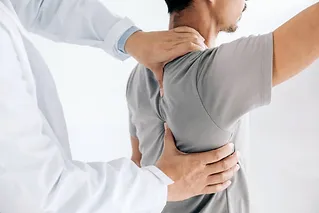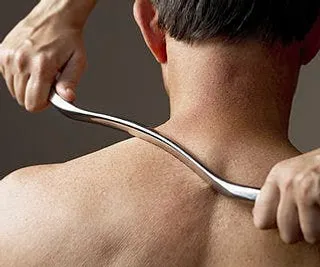Soft Tissue Mobilization



Soft Tissue Mobilization Services
Kentucky Sports Clinic offers the latest techniques in soft tissue mobilization. Active Release Technique (ART) as well as Graston Technique are both utilized to treat soft tissue injuries. Soft tissue is everything other than bone. When dealing with musculoskeletal injuries, we are referring to muscle, tendon, ligaments, connective tissue known as fascia, and bursa.
Active Release Technique (ART)
ART is a patented, state of the art soft tissue system/movement based massage technique that treats problems with muscles, tendons, ligaments, fascia and nerves. Headaches, back pain, carpal tunnel syndrome, shin splints, shoulder pain, sciatica, plantar fasciitis, knee problems, and tennis elbow are just a few of the many conditions that can be resolved quickly and permanently with ART. These conditions all have one important thing in common: they are often a result of overused muscles.
How do overuse conditions occur?
Over-used muscles (and other soft tissues) change in three imprtant ways:
- Acute conditions (pulls, tears, collisions, etc)
- Accumulation of small tears (micro-trauma)
- Not getting enough oxygen
Each of these factors can cause your body to produce tough, dense scar tissue in the affected area. This scar tissue binds up and ties down tissues that need to move freely. As scar tissue builds up, muscles become shorter and weaker, tension on tendons causes tendonitis, and nerves can become trapped. This can cause reduced range of motion, loss of strength, and pain. If a nerve is trapped you may also feel tingling, numbness, and weakness.
Graston Technique
Graston Technique incorporates a patented form of instrument-assisted soft tissue mobilization that enables clinicians to effectively detect and treat scar tissue and restrictions that affect normal function. Graston Technique has been effective in the treatment of:
- Tendinopathies (all the conditions that end in -osis or -itis, such as Achilles tendinitis, medial/lateral epicondylitis and greater trochanteric bursitis)
- Fascial syndromes (such as trigger finger, plantar fasciitis, ITB syndrome)
- Ligament pain syndromes (such as ankle sprains or other types of sprains)
- Edema/swelling reduction
- Post-surgical or traumatic scars/adhesions
- Entrapment syndromes (carpal/tarsal tunnel, ulnar entrapment, thoracic outlet).
Contact Kentucky Sports Clinic
Contact us today for all of your sports medicine needs.
